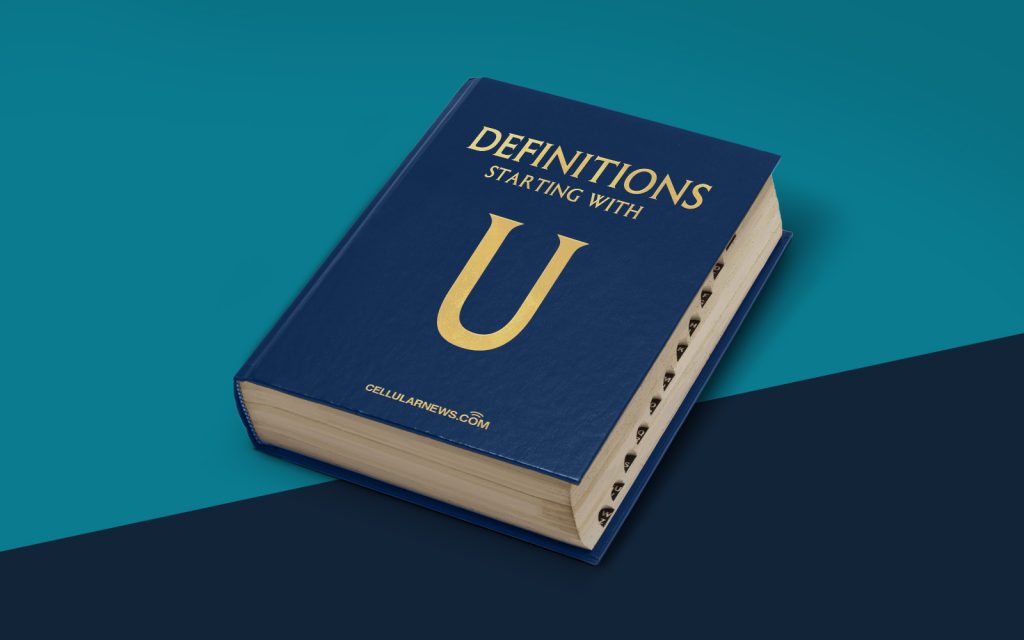
User Experience Designer (UX Designer) Definition
Welcome to the “Definitions” category on our blog! In this article, we will delve into the fascinating world of User Experience Design and explore what it means to be a User Experience Designer, often referred to as a UX Designer. Now, if you’re wondering, “What is a User Experience Designer?” or “What does a UX Designer do?”, well, you’re in the right place! Let’s jump right in.
Key Takeaways:
- User Experience Design is the process of enhancing user satisfaction by improving the usability, accessibility, and overall delight experienced when interacting with a product or service.
- A User Experience Designer is a professional who combines research, visual design, and interaction design skills to create user-centered experiences that meet both business goals and user needs.
What is User Experience Design?
User Experience Design, often abbreviated as UX Design, is a multidisciplinary field that focuses on understanding and improving the interaction between users and products or services. It encompasses various aspects such as usability, accessibility, information architecture, visual design, and interaction design.
At its core, User Experience Design is about creating meaningful and seamless experiences for users. It involves identifying user needs, conducting user research, prototyping and testing designs, and continuously iterating based on user feedback. The goal is to make the user’s journey as smooth, efficient, and enjoyable as possible.
What Does a User Experience Designer Do?
A User Experience Designer is like a bridge between users and the product or service they interact with. They strive to understand the needs, behaviors, and motivations of users to inform their design decisions. Here are some key responsibilities and activities that a UX Designer typically performs:
- Research: Conducting user research to gain insights into user needs, behaviors, and pain points. This may involve surveys, interviews, and usability testing.
- Information Architecture: Organizing and structuring content in a way that is intuitive and easy to navigate.
- Wireframing and Prototyping: Creating low-fidelity wireframes or interactive prototypes to visually represent the user interface and test its usability.
- Visual Design: Crafting visually appealing interfaces that align with the brand identity and enhance the overall user experience.
- User Testing: Conducting usability testing sessions, collecting feedback, and iterating on designs based on user insights.
A successful User Experience Designer must possess a blend of analytical thinking, creativity, empathy, and problem-solving skills. They should have a solid understanding of human psychology, design principles, and industry best practices to create exceptional user experiences.
Conclusion
User Experience Design is a crucial aspect of product and service development. By prioritizing the needs and satisfaction of users, businesses can create experiences that drive customer loyalty and enhance their brand reputation. A User Experience Designer plays a vital role in shaping these experiences, bringing together research, design, and user-centric thinking. If you’re passionate about understanding user behavior and creating remarkable digital experiences, a career as a User Experience Designer may be just the right fit for you!
